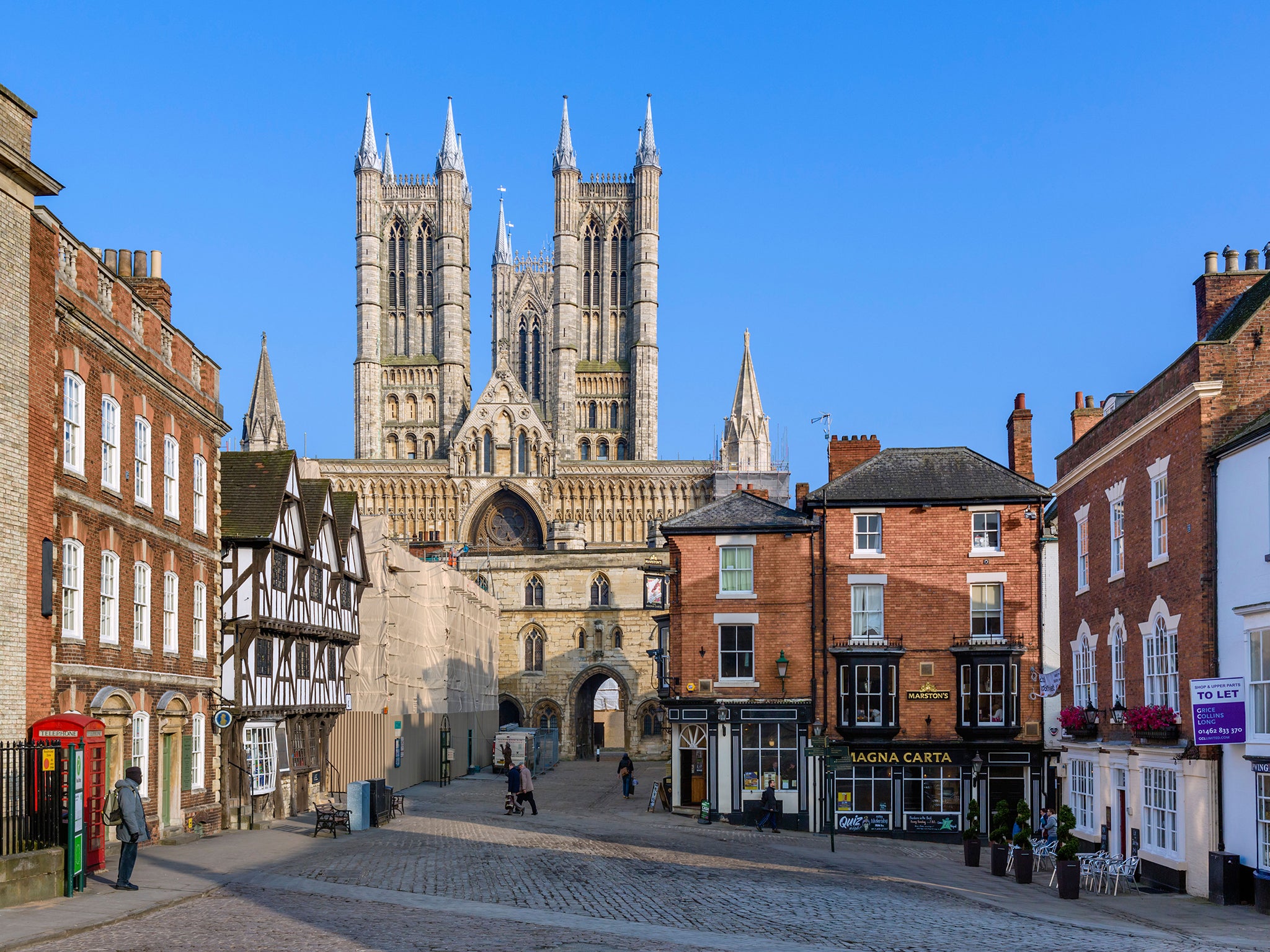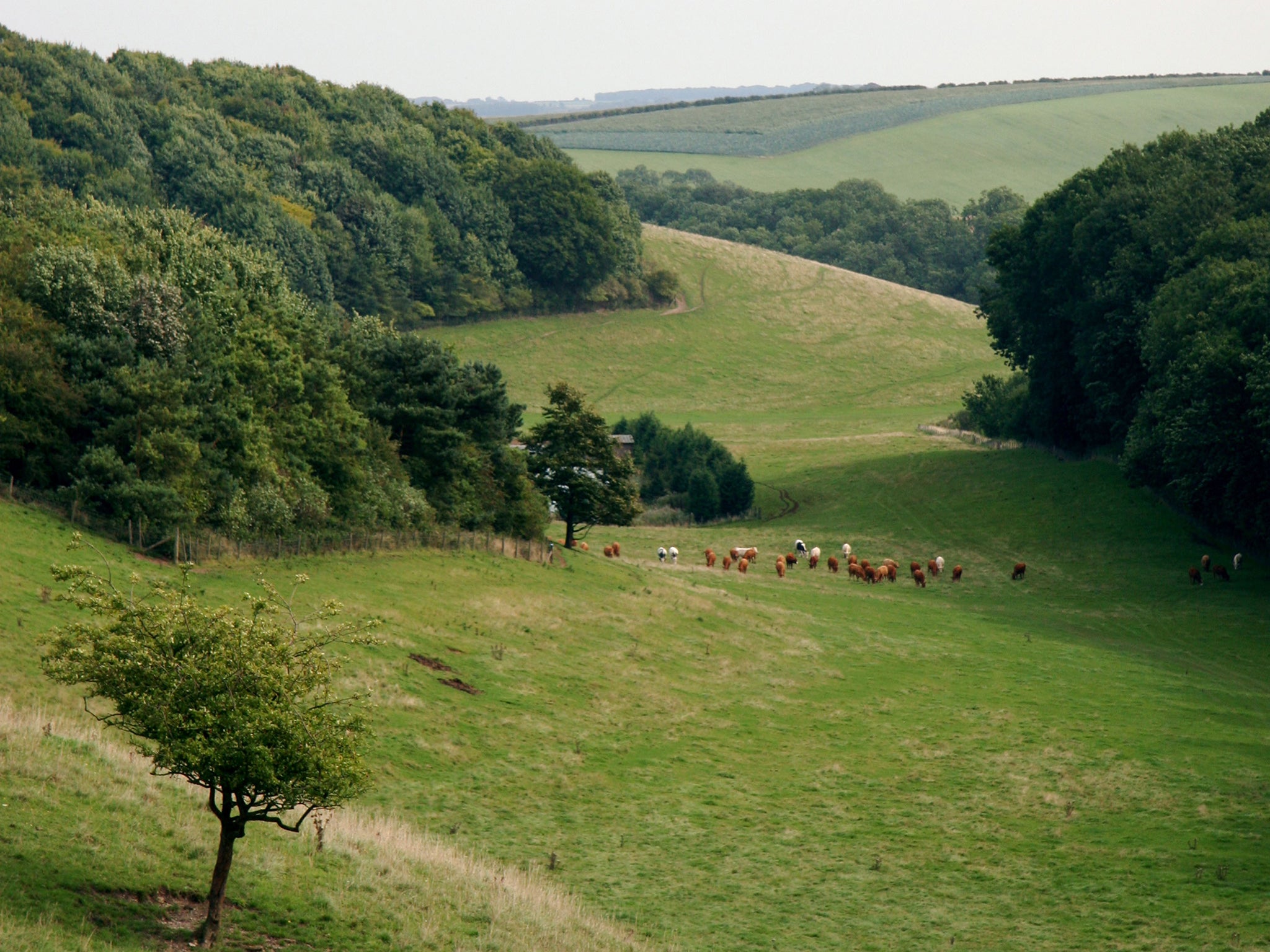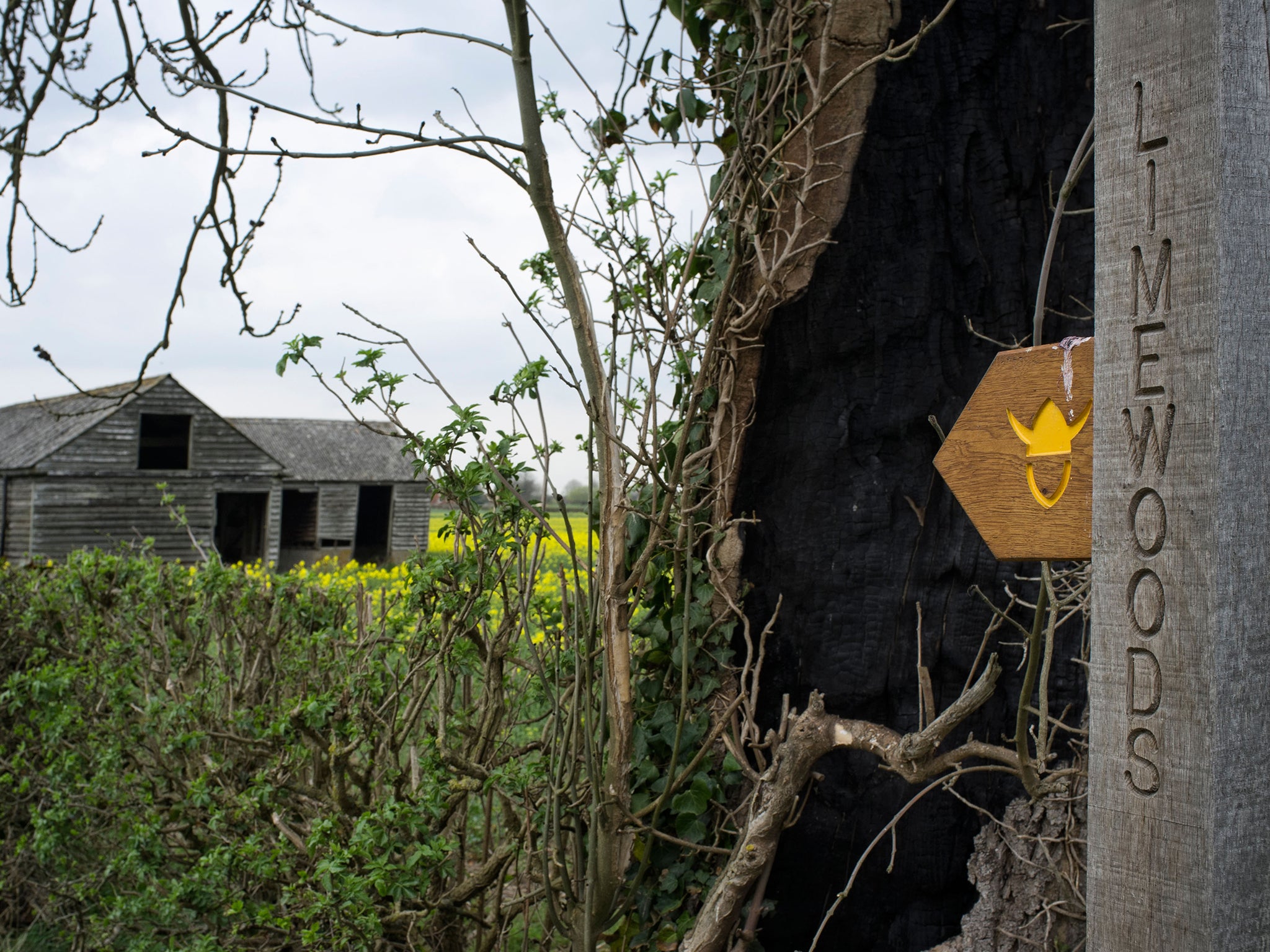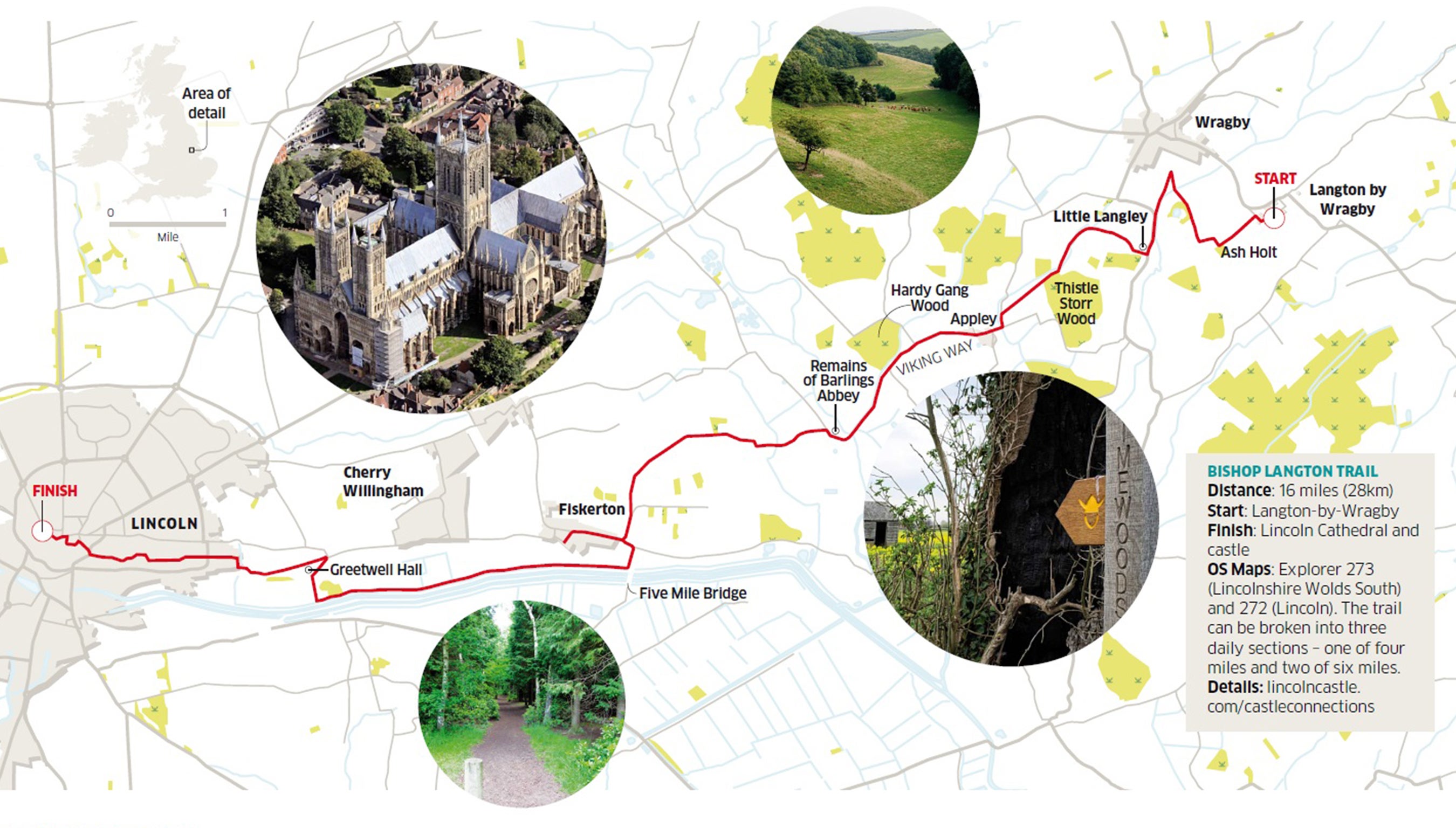The Bishop Langton Trail: Walk of the month
The Bishop Langton Trail, through Lincolnshire, follows the history of one of Magna Carta’s architects, says Mark Rowe

Your support helps us to tell the story
From reproductive rights to climate change to Big Tech, The Independent is on the ground when the story is developing. Whether it's investigating the financials of Elon Musk's pro-Trump PAC or producing our latest documentary, 'The A Word', which shines a light on the American women fighting for reproductive rights, we know how important it is to parse out the facts from the messaging.
At such a critical moment in US history, we need reporters on the ground. Your donation allows us to keep sending journalists to speak to both sides of the story.
The Independent is trusted by Americans across the entire political spectrum. And unlike many other quality news outlets, we choose not to lock Americans out of our reporting and analysis with paywalls. We believe quality journalism should be available to everyone, paid for by those who can afford it.
Your support makes all the difference.At first glance, the flatlands of Lincolnshire make for an unlikely connection to the momentous sealing of Magna Carta in 1215 at a site 150 miles away at Runnymede, near Windsor Castle. Yet it was in this sleepy rural backwater that one of the key architects of that great charter was born.
A young lad called Stephen Langton grew up here, in the hamlet of Langton-by-Wragby, 15 miles north of Lincoln. Stephen left here to study in ecclesiastical circles in France, and came to the notice of the Pope. By the time Magna Carta was sealed he had made his way up to become Archbishop of Canterbury, and he played an influential role in securing the famous deal between King John and his barons.
I’m walking the Bishop Langton Trail, a 16-mile network of paths that leads from his birthplace to Lincoln’s dual world-class attractions: the cathedral and the castle, just reopened after a 10-year restoration programme and now displaying one of the four remaining original 2015 copies of Magna Carta. I’m accompanied by Hugh Marrows, who compiled the route. “We have Magna Carta in a vault, we have Langton’s influence,” he explains. “Somebody had the bright idea of linking the two with a trail.”
The cathedral dominates the walk in every sense, and, resembling a giant piece of Lego in silhouette, it is visible even as we set off. Until it collapsed in the 16th century, the spire was twice as high as it is today, and in medieval times it must have seemed like one of the wonders of the world.

Langton-by-Wragby, meanwhile, has a more down-to-earth charm. The church has a medieval tower, and there are fossils to be deciphered in the beautifully weathered sandstone arches in the west doorway. A stained-glass window depicting Langton in his Archbishop’s robes is the only acknowledgement that this is his birthplace.
Nearby, we pass a duck pond and small moat around the manor house, where Hugh believes it likely that Langton was born. As we leave this tiny village our eyes fall on an oddly lumpy, furrowed field. Langton translates as “Long Village” and these are the medieval remains of a once larger community; the bumps were once houses, the dips signify where the streets lay.
Then we’re away on our modest pilgrimage towards Lincoln, along farm tracks and criss-crossing fields. The route is not waymarked as the Bishop Langton Way, but fingerposts and rights of way hold the walker’s hand all the way to Lincoln through an open, somehow subtracted landscape of field after field of potatoes, broccoli and cabbages.
“I suppose Langton must have walked this route towards Lincoln, though there is no evidence that he ever did,” says Hugh. “The river valley into Lincoln was undrained, it was just a swamp at the time, so these paths must have been in existence.”
It’s a route of narrow, winding footpaths that duck behind hedgerows and then emerge into huge open views. Four miles in, I begin to notice the absence of metal railings: instead field margins and boundaries are marked by thick-set hedges. Elsewhere, a single line of 12 trees hints at truly ancient borders.

Given the theme of this walk, they seem to me to be standing guard, like watchful apostles. The flatlands give way only to the north, where the Lincolnshire Wolds rise up towards Market Rasen.
I’m struck at how remote this walk feels. We’ve hardly seen a house, or a road, just the occasional farm building. It’s rare to walk for any length of time in England without bumping into some modern man-made influence. The unencumbered views are good for bird-spotting and we pick out kestrels hovering over unwary field mammals, and flocks of rooks and jackdaws.
Just as I wonder whether we’re looking at a landscape that Langton would have recognised, we tumble upon a solar farm.
We reach the Lincolnshire limewoods, a national nature reserve of small-leaved limes. At one time, these would have blanketed the landscape but, over centuries, these were steadily cut down and cleared for farming and firewood, leaving flecks of limes here and there. Again, there is a striking sense of isolation. The landscape becomes heath-like, paths are soggy and small footbridges in the distance glide over unseen streams. “I love the way the big sky picks out the trees in silhouettes,” says Hugh.
Later, the walk will pass the curious spectacle of mechanical nodding donkeys, recovering oil around the village of Fiskerton, and then dip to the river’s edge. Finally, it fetches up in the shadow of the castle and cathedral. Cathedral Square is a good place for a walker’s feet to rest up, with its gorgeous, honeyed façade and sometimes quirky architecture – look for the carvings of kings with women’s dresses and female legs. A few paces away, I finish the Langton trail by circumnavigating the entire walls of the castle and pick out distant parts of the walk.
I may have walked a trail that was once trodden by Langton, but this is where we go our separate ways. The pubs around the castle, enough to make an archbishop blush, are too tempting to resist.

Travel Essentials
Getting there
Mark Rowe travelled with CrossCountry (crosscountry trains.co.uk) and Northern Rail (northernrail.org) via Sheffield to Lincoln, which is also served by East Midlands Trains and Virgin (08457 484950; nationalrail.co.uk).
Staying there
He stayed at the Castle Hotel (01522 538801; castlehotel.net). Doubles from £120, with breakfast.
More information
Lincoln Visitor Information Centre: 01522 545458.
Join our commenting forum
Join thought-provoking conversations, follow other Independent readers and see their replies
Comments